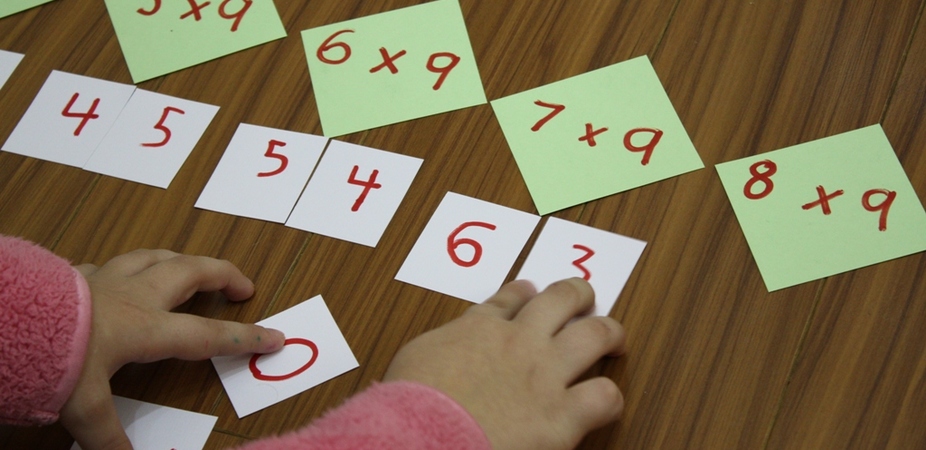Top 10 Essential Questions for a PHP Developer Interview with Expert Answers

PHP (Hypertext Preprocessor) is a server-side scripting language that is widely used for creating dynamic web pages and web applications. It was created in 1995 by Rasmus Lerdorf, and it has since become one of the most popular languages for web development.
PHP is an open-source language, which means it is free to use and can be modified by developers. It is especially popular for creating content management systems (CMS) such as WordPress and Drupal, and for creating e-commerce platforms such as Magento and Shopify.
PHP is compatible with various databases such as MySQL, SQLite and PostgreSQL and various operating systems such as Windows, Linux and MacOS. It is also supported by many frameworks like Laravel, CodeIgniter, Symfony, and Zend Framework.
It is relatively easy to learn and has a large community of developers who can provide support.
During a PHP interview, the interviewer is likely to ask questions about your experience with the language, your understanding of its core concepts, and your approach to solving common web development problems. They may also ask about your experience with specific PHP frameworks and libraries, and your knowledge of web development best practices.
Some common questions that may be asked during a PHP interview include:
- Can you explain the difference between GET and POST methods in PHP?
- How do you prevent SQL injection in PHP?
- Can you explain how sessions work in PHP?
- How do you handle file uploads in PHP?
- How do you send emails using PHP?
- Can you explain how to use prepared statements in PHP to prevent SQL injection?
- How do you debug your PHP code?
- Can you explain how to use a PHP framework?
- Can you explain how to use a PHP template engine?
- Can you explain the difference between GET and POST methods in PHP?
- How do you secure an application written in PHP?
- Can you explain the difference between a GET and a POST request?
- How do you connect to a database using PHP?
It’s also important to be familiar with the basics of web development, such as HTML, CSS and JavaScript, as well as general programming concepts such as object-oriented programming, as you will be asked about your general understanding of these topics.
Overall, it’s important to be prepared to answer a wide range of questions and to be able to demonstrate your knowledge and experience with PHP, as well as your problem-solving skills and your ability to work in a team.
1. What is PHP ?
PHP stands for Hypertext Preprocessor. It is a server-side scripting language that is used to create dynamic web pages.
2. What are the advantages of using PHP?
PHP is open-source and free to use, it is easy to learn and has a wide range of built-in functions. It also has a large community that can provide support, and it is compatible with most operating systems and servers.
3. What are the differences between GET and POST methods in PHP?
The GET method is used to retrieve data from the server, and it sends the data as part of the URL. The POST method is used to send data to the server, and it sends the data in the request body.
4. How can you connect to a database in PHP?
You can use the MySQLi or PDO extension in PHP to connect to a database. You will need to provide the necessary connection details, such as the hostname, username, password, and database name.
5. How can you prevent SQL injection in PHP?
To prevent SQL injection, you should use prepared statements and parameterized queries. This ensures that user input is properly sanitized before it is included in the query.
6. How can you handle sessions in PHP?
You can use the session_start() function to begin a new session, and the $_SESSION variable to store data in the session. To end a session, you can use the session_destroy() function.
7. How can you handle file uploads in PHP?
You can use the $_FILES variable to handle file uploads. You can check the file type, size, and error using the $_FILES variable, and then use the move_uploaded_file() function to move the file from the temporary location to a specified directory.
8. How can you create a cookie in PHP?
You can use the setcookie() function to create a cookie in PHP. The function takes several parameters, including the name of the cookie, the value of the cookie, and the expiration date of the cookie.
9. How can you send an email in PHP?
You can use the mail() function in PHP to send an email. The function takes several parameters, including the recipient’s email address, the subject of the email, and the message of the email.
10. How can you debug PHP code?
You can use the error_reporting() function to enable error reporting, and the ini_set() function to change the error reporting level. The var_dump() and print_r() functions can also be used to debug code by displaying the value of variables.
























